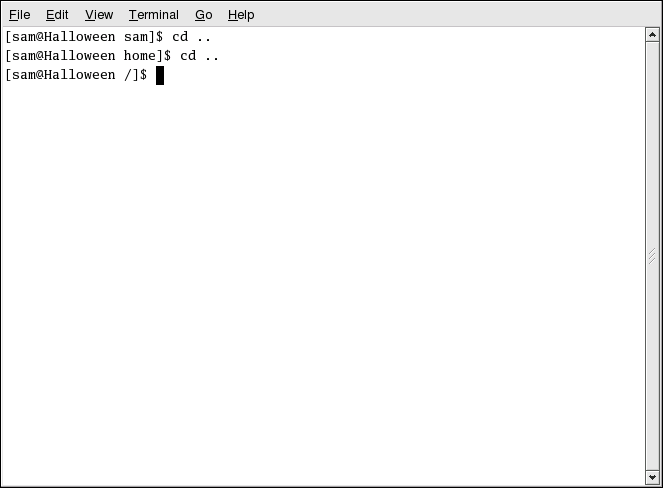Chapter 3. Shell Prompt Basics
3.1. Why Use a Shell Prompt
Graphical environments for Linux have come a long way in the past few years. You can be perfectly productive in the X Window System and only have to open a shell prompt to complete a few tasks.
However, many Red Hat Enterprise Linux functions can be completed faster from the shell prompt than from a graphical user interface (GUI). In less time than it takes to open a file manager, locate a directory, and then create, delete, or modify files from a GUI, a task can be finished with just a few commands at a shell prompt.
A shell prompt looks similar to other command line interfaces with which you might be familiar. Users type commands at a shell prompt, the shell interprets these commands, and then the shell tells the OS what to do. Experienced users can write shell scripts to expand their capabilities even further.
This chapter explains how to navigate the file system, manipulate files, perform simple administration tasks, and other shell prompt basics.
